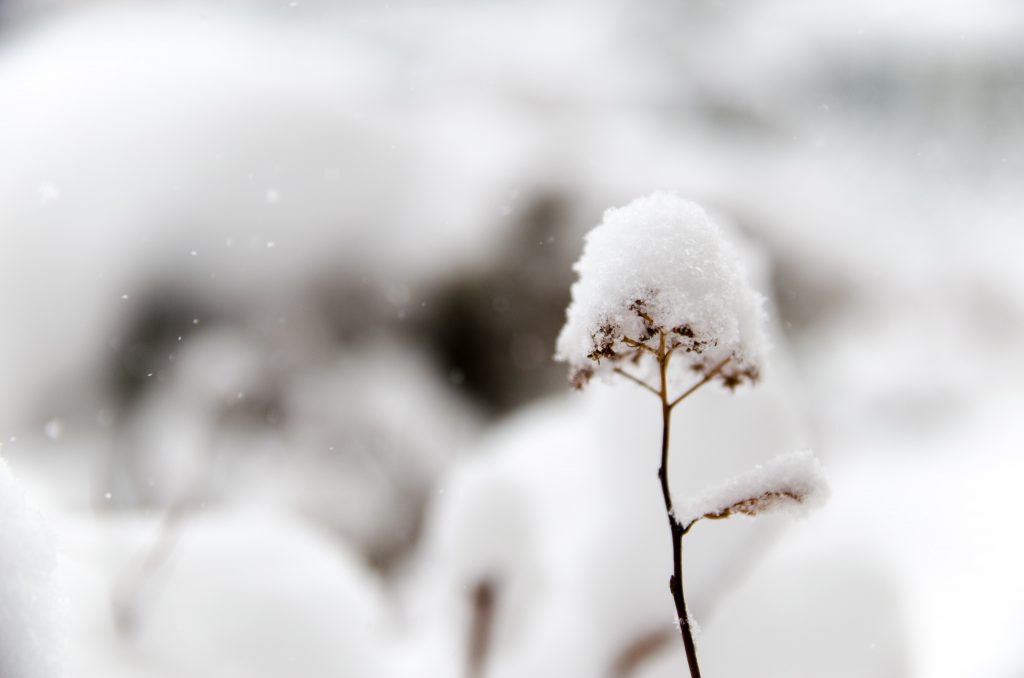The name Frau Holle is mainly known as one of the great fairy tales of the Brothers Grimm. Her stories are big not only in Germany, but also in other European countries. What people only forget is that she is a Pagan goddess who predates the rise of Christianity. So who is Frau Holle anyway? Do the fairy tales match her as a goddess and how do you recognize her?
Fairytale
The Brothers Grimm have written a fairy tale about Frau Holle. In this fairy tale there is a widow with two daughters, one beautiful and industrious the other ugly and lazy. She loved the ugly and lazy daughter because that was her biological daughter. The beautiful and diligent daughter had to spin at the well. One day she had to wash her spool, but the spool fell from her hand into the well. She went into the well to find the coil. Instead of finding the coil, she woke up in a beautiful meadow. Here she came to a house where an old woman lived. With this woman she was allowed to do homework and then she was given shelter. This woman was Woman Holle. The girl did what the woman wanted and shook the bedding so hard that the feathers flew like snowflakes. Despite the fact that the girl was better off with Mrs Holle, she still got homesick. Mrs Holle said she could go home. The moment the girl returned, she was covered in gold. When her stepsister saw her, she wanted to go down the same path. She also wanted gold. But because she was lazy and not doing any work, she came back full of pitch and it never left her
In this fairy tale, Frau Holle is therefore a woman who appreciates hard work and does not accept laziness. This has many similarities with Frau Holle in Paganism. That's not weird. Jacob Grimm, one of the brothers, was not only a linguist, but also an expert in mythology. He had written several volumes called Teutonic Mythology. Together, these volumes are about 2000 pages long. Frau Holle also gets a few pages dedicated here.
Christianity
Christianity did not want to have much to do with other faiths. When Christianity rose in the northwestern European countries, many pagan beliefs were suppressed. As a result, many gods and goddesses have been lost. Frau Holle survived this time. She was acquired in Germany in Christianity, the country where she came from. Her story was twisted, but at least it lived on in the stories of the people. In Christianity she was seen as a witch, but also as someone who takes care of the deceased children who could not be baptized before their death. Later, she came back in the form of fairy tales, as shown above. Now she is increasingly getting the appreciation she deserves due to the growth of neopaganism and people who want to go back to their roots.
Winter
Frau Holle is best known as the fairytale character who creates snow through her kisses. This idea of hers is not crazy. She is a goddess of winter and has great connections with the changing of the weather.
“Mighty are the powers of Dame Holle, for she rules even the elements; she may cause the snow to fall or the fog to gather, and she has been observed, usually in the middle of the day, as she takes a bath in her lake, the Frau Hollenteich. In Hesse she even played a part in building the natural environment, for a stone falling from her shoe became a mountain.” (Motz, 1984)
Qualities
Besides winter and the weather, Frau Holle has more qualities with which she is associated. For example, it is said that she rewards hard-working people and thus does not like laziness. This is also reflected in the fairy tale of the Brothers Grimm in which ambition is rewarded. She is also associated with spindles or weaving. And when Christianity arose it also became associated with witchcraft and protector and punisher of children. She has long had a connection with children as she is also seen as a goddess who presides over the cycle of life and is said to accompany the souls of the dead as part of the Wild Hunt. For witches, Holle is especially interesting to work with if their practice mainly takes place in and around the house, as with all these qualities she can be seen as a domestic goddess. To honor her, one plant is specifically conceived, namely the elderberry (holunder).
Many names
Frau Holle is indicated by several names. These names sometimes have a different origin than Germany and sometimes the question is whether they are from a different goddess or whether they are all the same. She is sometimes called Holda, Hulda or Holla. She is also associated with Percht(a) and Frigg because of the similarities in their qualities and stories. Hel is also a Norse goddess who is often compared to Holle as they are both associated with souls of the dead (often children). The difference, however, is that Holle is not known for soul harvesting, while Hel is.
References
Motz, L. (1984). The Winter Goddess: Percht, Holda, and Related Figures. Folklore, 95(2), 151–166. https://doi.org/10.1080/0015587x.1984.9716309
Grimm, J., & Stallybrass, J. S. (1999). Teutonic Mythology 1880–88. Routledge.

